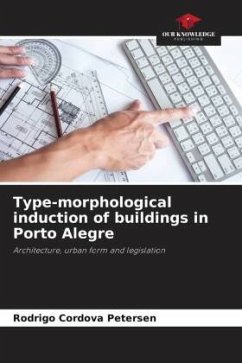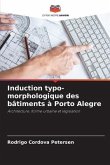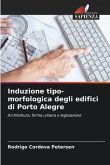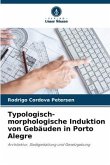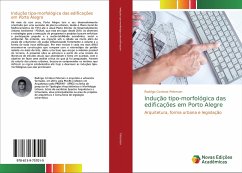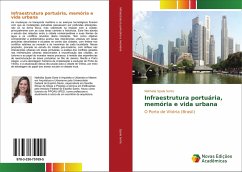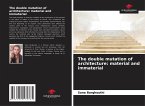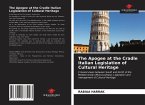For over a hundred years, Porto Alegre's development has been guided by a succession of urban plans, from the General Improvement Plan of 1914 to the current Environmental Urban Development Master Plan - PDDUA, which has been in force since 2010. The guidelines and strategies for implementing programmes and projects seek to emphasise popular participation and economic, social and environmental sustainability. However, its impact on the city goes far beyond the scale of urban planning: it ends up strongly influencing the volume and shape of every new building. For this reason, it is increasingly difficult to find buildings that break with the stereotype of the isolated building in the middle of the plot, on a base that occupies as much of the land as possible. This work is based on a literature review of current studies that have addressed the issue in question, with the aim of critically analysing what has already been researched. Through the study of urban plans, we sought to understand the reasons that define the rules established to date and to describe the type-morphological inductions they promote.
Bitte wählen Sie Ihr Anliegen aus.
Rechnungen
Retourenschein anfordern
Bestellstatus
Storno

